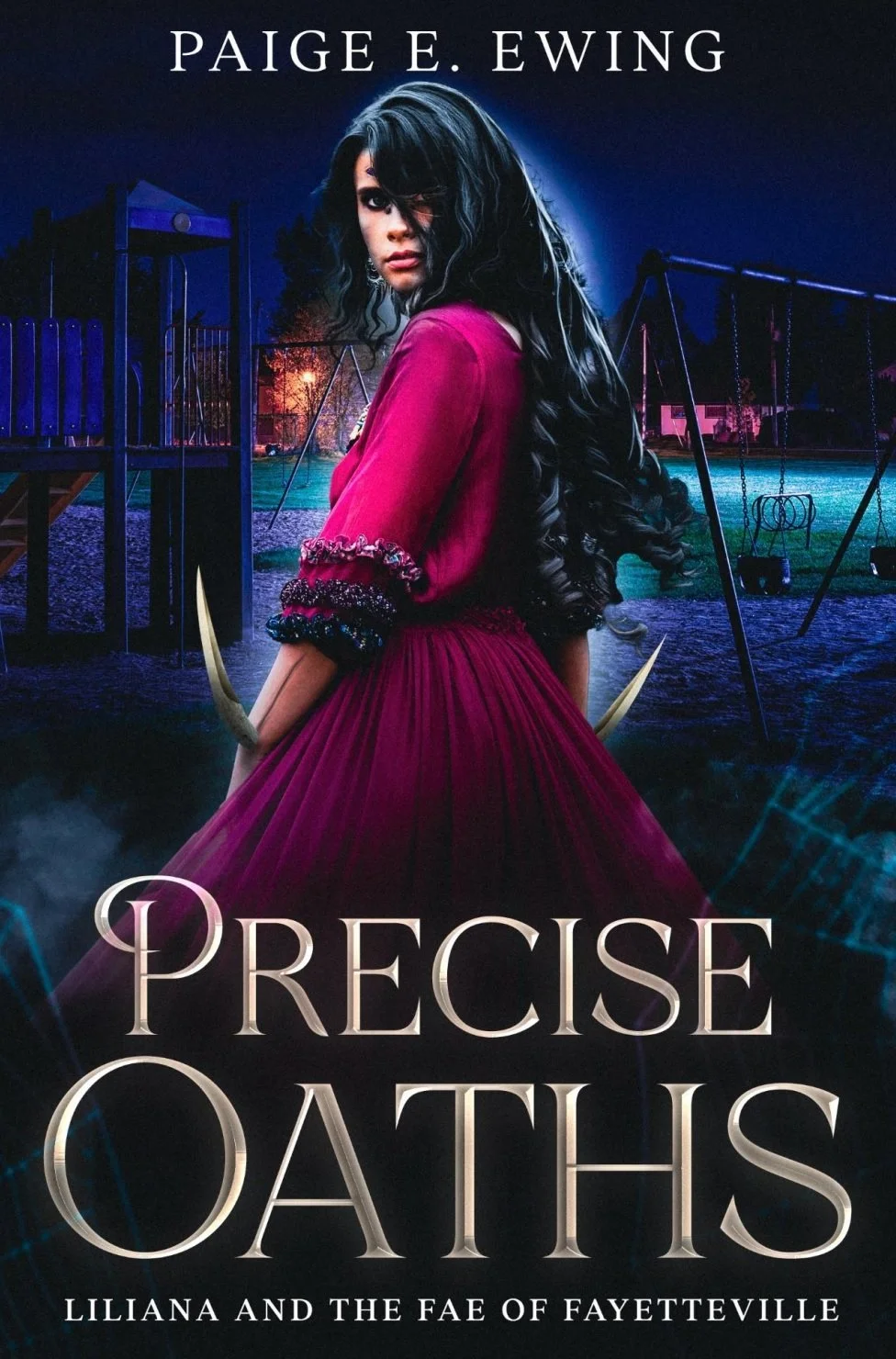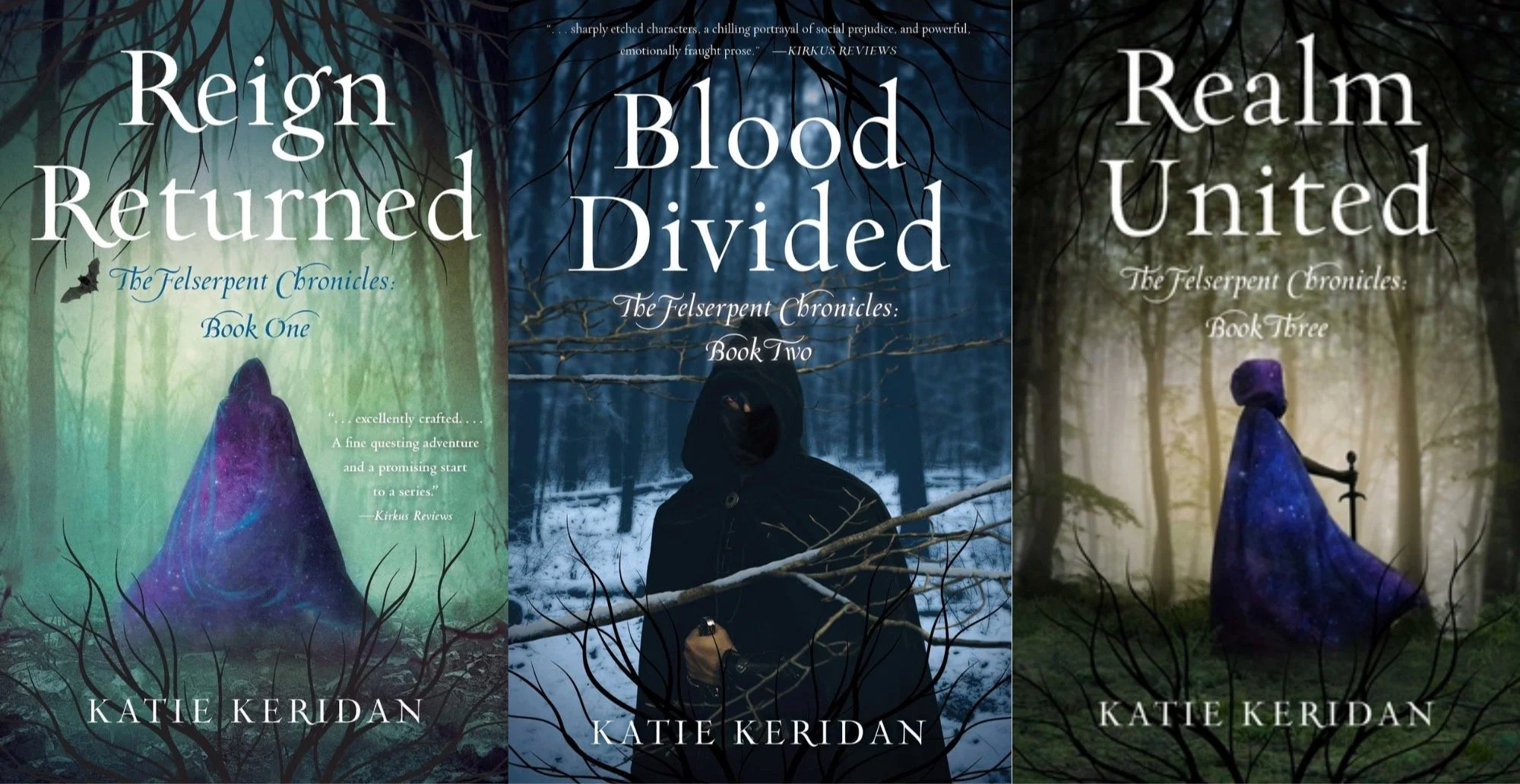International Review of Books Gold Medal Award
★
International Review of Books Gold Medal Award ★
From the Author: Pedí and Adací are born with unusual gifts inherited from their massacred ancestors. Pedí, a boy discounted and shunned due to his peculiarities and heritage, understands the healing plants of the forest and has a rare relationship with the animal world. Pedí can communicate with animals but stammers when he tries to talk with people. Adací is an adopted girl whose lineage is kept secret. Her dreams and visions of the past, present, and future, create havoc within her family and society. Despite her best efforts, these dreams often come true. She is afraid she’s going to kill the boy she loves.
Blue Dragonfly takes you into a tropical world of fantasy, disease, forbidden love, and strange creatures of the natural world.
Our Take: Blue Dragonfly is a lush and lyrical story set in a world where ancestral memory, nature’s magic, and quiet rebellion shape the lives of two young people with mysterious gifts. Pedí and Adací are outsiders in their own community, but their deep connection to the natural and spiritual realms offers both danger and possibility. With rich worldbuilding, emotional depth, and a thread of star-crossed love, this is a tender, imaginative novel for readers who enjoy coming-of-age stories laced with myth, mystery, and the magic of the natural world.
From a Reader: “Great storytelling and immediately engaging! Loved the mix of nature, ancient cultures, and the mix of real and the mythical. Would highly recommend!”
Bragging Rights:
★ Gold Medal Award from International Review of Books
What the author has to say about working with Yellow Bird: “Rebecca Maizel at Yellow Bird helped me so much with my early draft. Her suggestions helped me craft the final manuscript, though it still took me time as a beginning writer to make all the changes I needed to do.”





